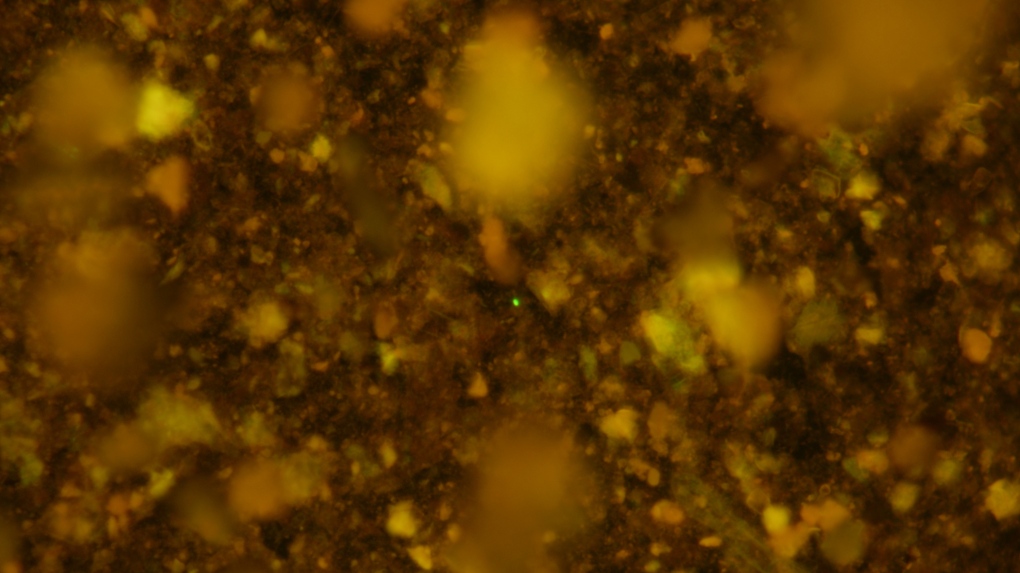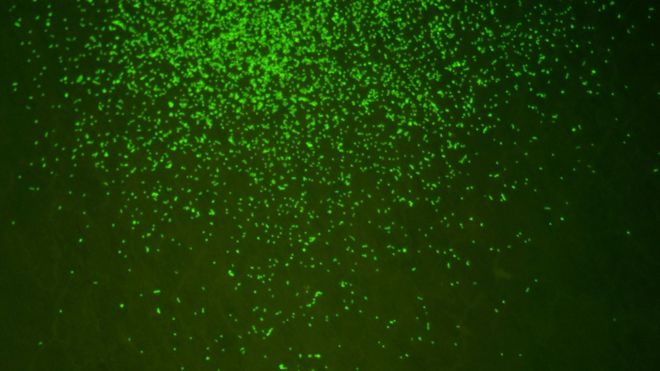We may think that the deep-sea floor, with its lack of food, and sunlight, is a dead wasteland, and nothing can survive there. But now, there is evidence that shows otherwise.
Scientists have discovered ancient microorganisms in 101.5 million years old marine sediments. These were found in the sediments of the South Pacific Gyre, which are formed very slowly and are rich with oxygen. Samples of the sediment were obtained from approximately 12,140 to 18,700 feet below sea level, during a 2010 Integrated Ocean Drilling Program expedition. In these samples, many ancient microbes were found. These sediments were deposited from 13 million to 101.5 million years ago, and traces of life were found in it.
The sediment contained small amounts of carbon and other organic compounds, along with the microbes. Although initial numbers of these microbes were low, they responded very quickly to incubated conditions. Experiments showed that they grew in numbers by orders of magnitude, and uptake of the substrate of labelled Carbon and Nitrogen occurred within 68 days of incubation. This growth rate was unexpected since there wasn’t much there to eat said Yuki Morono, first author of the study and a geomicrobiologist and senior scientist at the Japan Agency for Marine-Earth Science and Technology.

According to Morono, these microbes were trapped in the sediment, unable to move. Additionally, the nutrient content in the environment in which these microbes were found was extremely limited. So it is surprising that they were revived after they were buried in such a harsh condition.
Although a very important study, it is difficult to extrapolate these results since the sediments of the ocean floor vary vastly depending on the region.
Quite a lot has been learned from this find, but questions remain. Researchers have not yet understood how these microbes survived those extreme conditions. Another very interesting question raised thanks to this project has to do with how much of the seafloor harbours life, and to what extent our biosphere stretches.
Journal Reference:
Morono, Y., Ito, M., Hoshino, T. et al. Aerobic microbial life persists in oxic marine sediment as old as 101.5 million years. Nat Commun 11, 3626 (2020). doi.org/10.1038/s41467-020-17330-1

